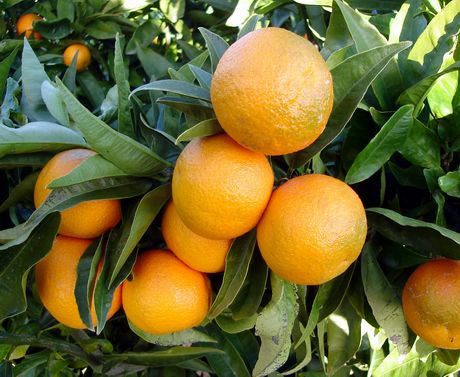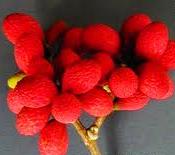Pitaya is a fruit that was first discovered in Central America centuries ago and has since traveled to all corners of the globe. Early missionaries brought it to Asia where it was since been renamed and is more commonly known as Dragon Fruit.
There are two very noticeable differences between the Pitaya from Central America and Pitaya (or Dragon Fruit) that comes from Asia. When you cut open most of the Pitaya from Asia you will discover that it is very white on the inside. However, when you cut open a Pitaya from Central America you will find a dark reddish, purpley, inside. The white varieties from Asia tend to be very bland and do not carry a lot of nutrients. However, the Pitayas from Central America have what some would describe as an earthy strawberry-raspberry taste. The deep color also signifies that the fruit carries a lot of nutrients and is packed with Antioxidants.
The Pitaya fruits in Central America can be found along nutrient rich volcano mountainsides. The Pitaya fruit sprouts from a big beautiful white flower that only opens its pedals under the night sky. The strong sun rises in the morning and burns off the flowers petals and you are left with small bud ready to grow into a delicious Pitaya fruit. The Pitaya is one of only a few fruits that grows from a cactus and is the only fruit in the world to be pollinated by bats!
Health benefits of Pitaya
The health benefits of pitaya fruit are many and varied. These nutritional benefits include pitaya health benefits which help to lower blood glucose levels in type 2 diabetes. Pitaya health benefits and the great pitaya nutrition benefits make pitaya fruit popular all over the world. Pitaya (most commonly as the dried pitaya fruit) is a great fruit to incorporate into a diabetic diet plan and lots of diabetic recipes can include pitaya. While pitaya is not a type 2 diabetes cure, it may offer diabetics a substantial health benefit towards lower blood glucose levels. Pitaya vitamin C and dietary fiber are both positive nutritional benefits of pitaya among others. The amount of vitamin C in pitaya fruit is substantial, and you can see up to 10 times the amount of vitamin C in pitaya fruit which has been dried vs. the fresh pitaya fruit. Of course the dried pitaya fruit nutrients are much more dense than in the fresh fruit!


Dan
I’m in Israel and just bought two fruit that wikipedia called the same thing, a dragon fruit and a pitaya, but here, they call the pitaya a kubo and the dragon fruit a pitaya, I couldn’t figure out the difference until I read this article. Thanks!